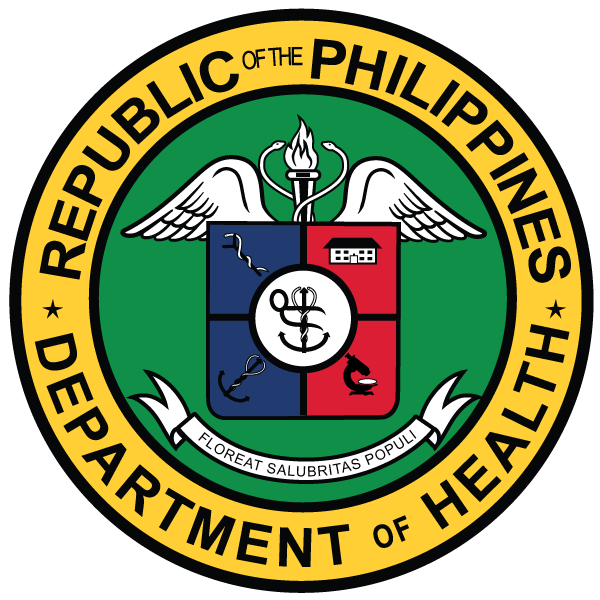CASEDEFINITION/CLASSIFICATION:
Suspected case of HFMD: Any individual, regardless of age, who develop acute febrile illness with papulovesicular or maculopapular rash on palms and soles, with or without vesicular lesion/ulcers in the mouth.
Probable case of HFMD: A suspected case that has not been confirmed by a laboratory, but is geographically and tempo-rally related to a laboratory-confirmed case.
Confirmed case of HFMD: A suspected case with positive laboratory result for Human Enteroviruses that cause HFMD.
Suspected case of Severe Enteroviral Disease: Any child less than ten (10) years of age: with fever plus any severe signs
and symptoms referable to central nervous system involvement, autonomic nervous system dysregulation or cardiopulmonary failure;
OR a suspect or probable HFMD case with complications
OR who died < 48hours after presenting with fever and CNS involvement;
Confirmed case of Severe Enteroviral Disease: A suspected Severe Enteroviral Disease that has positive laboratory re-sults for Enteroviruses
Confirmed Case:
- A suspect case that is laboratory confirmed or epidemiologically linked to a laboratory-confirmed case
- Laboratory criteria for diagnosis: Isolation of Bordetella pertussis from clinical specimen
|
| COMPLICATIONS ASSOCIATED WITH HFMD AND SEVERE ENTEROVIRUSDISEASE: |
| Aseptic Meningitis |
Febrile illness with headache, vomiting and meningism associated with of more that 5-10 white cells per cubic millimeter in cerebrospinal (CSF) fluid, and negative results on CSF bacterial culture. |
| Brainstem encephalitis |
Myodonus, ataxia, nystagmus, oculomotor palsies, and bulberpalsy in various combinations, with or without MRI. In resource –limited settings, the diagnosis of brainstem encephalitis can be made in children with frequent myoclonic jerks and CSF pleocytosis. |
| Encephalitis |
Impaired consciousness, including lethargy, drowsiness or coma, or seizures or myoclonus. |
| Encephalomyelitis |
Acute onset of hyporeflexic flaccid muscle weakness with myoclonus, ataxia, nystagmus, oculomotor palsies and bulbar palsy in various combinations. |
| Acute Flaccid Paralysis |
Acute onset of flaccid muscle weakness and lack of reflexes. |
| Autonomic Nervous System (ANS) dysregulation |
Presence of cold sweating , mottled skin, tachycardia, tachypnea, and hypertension |
| Pulmonary oedema/haemorrhage |
Respiratory distress with tachycardia, tachypnea, rales, and pink frothy secre-tion that develops after ANS dysregulation, together with a chest radiograph that shows bilateral pulmonary infiltrates without cardiomegaly. |
| Cardiorespiratory failure |
Cardiorespiratory failure is defined by the presence of tachycardia, repiratory distress, pulmonary oedema, poor peripheral perfusion requiring inotropes, pul-monary congestion on chest radiography and reduced cardiac contractility on echocardiography. |



